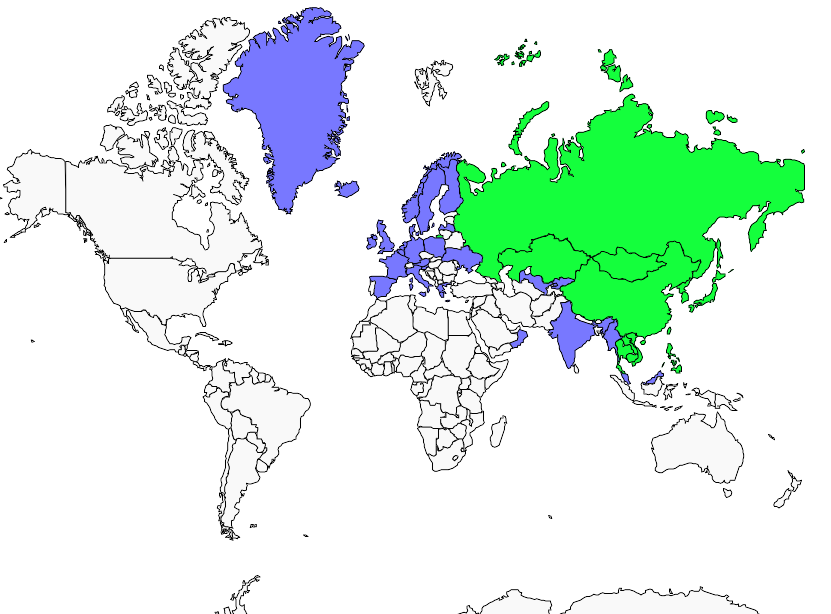Many geese have been flying over Sandwick in recent days, reminding us that its autumn The local population of wild Greylags has recently been joined by a flock of Pinkfeet, these are very nervous and at any sign of human presence fly off into a distant field.
They need to feed so a local stubble field provided a good spot to spend some time photographing them from the car. Picking a quiet single track road to park up the geese soon return and started to feed, usually with one or two guard geese who are on the look out for trouble.
With around 70 Pinkfeet and 25 Greylag it was a noisy affair, these were joined by over 100 Rock Dove . A flock of around 200 Skylark kept flying around while several Herring and GT Black Back gulls caused some disturbance as they flew close to the flock of Geese.
After overnight gales and rain during the day on Thursday , things settled down until the news came in that a Siberian Ruby throat had been found in Levenwick, about 5 mins away. I was soon parking up at the north end of Levenwick and could see a large number of birders already heading to a spot overlooking a garden.
When i got there about 70 birders had binoculars trained on a bush, with no access to the garden a wall of birders surrounded the garden and peered at the bushes. This reminded me of a Red footed Falcon that turned up at Norfolk back in the late 1970's when the bird was surrounded by Twitchers. The Ruby throat was spending a lot of time very low down in dense vegetation, but i was lucky to get two views
The second one the best when it could be seen low down at the edge of the bushes, the it disappeared into deeper cover. No chance of a photo as it was very mobile, no doubt someone with plenty of time will come away with some photos
Apart from some very poor parking all the birders had behaved well and respected the requests of the house owners to stay outside the garden, no doubt this bird will trigger off an influx of birders from down `sooth'. During Saturday the bird disappeared for a time before being relocated in another garden in Levenwick and it was seen again today but due to heavy rain became very elusive.
On Sunday i managed to find two Yellow Browed Warblers up near the hotel in Hoswick, but viewing was becoming difficult due to strong wind. I therefore decided to photograph a flock of Golden Plover (97) in Sandwick from the car.
Today is a day in with gales and heavy rain, so i pity those out in the field. At least it gives me time for some photo processing
I really cannot believe how good this year has been so far with another mega bird under my belt, the Ruby throat following on from the Yellow Rumped Warbler, Whites Thrush and Red Flanked Blue tail. What next ?


























 Normally found in Eastern Europe (Green)
Normally found in Eastern Europe (Green)



























